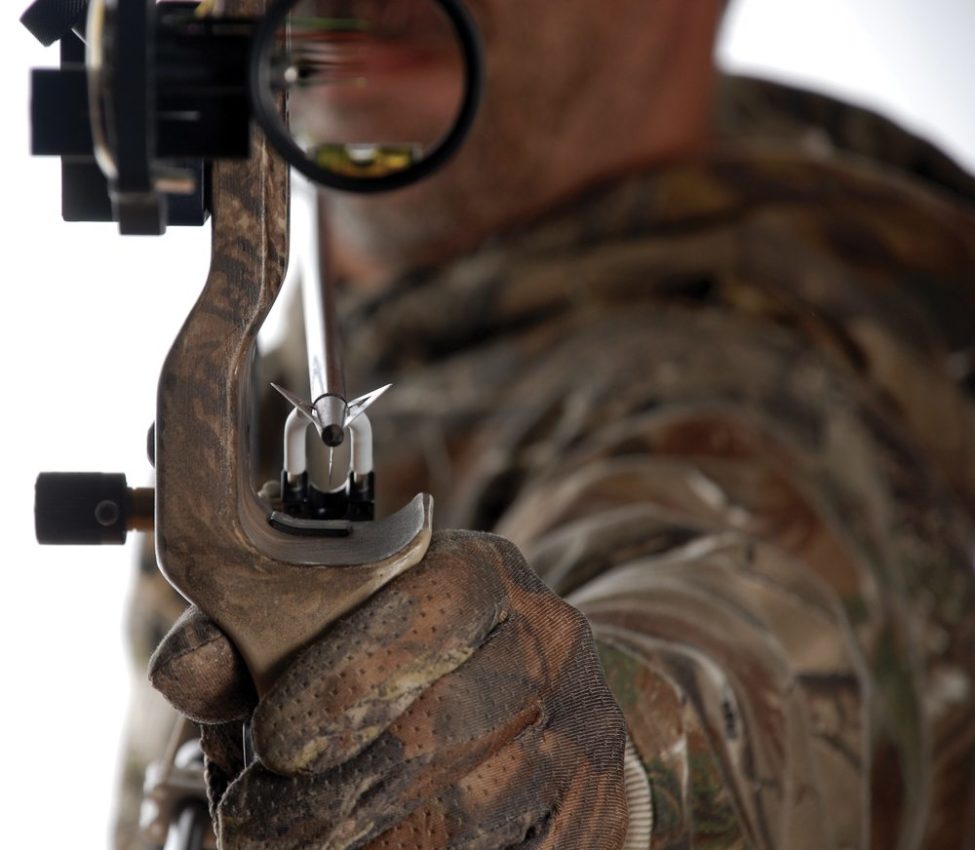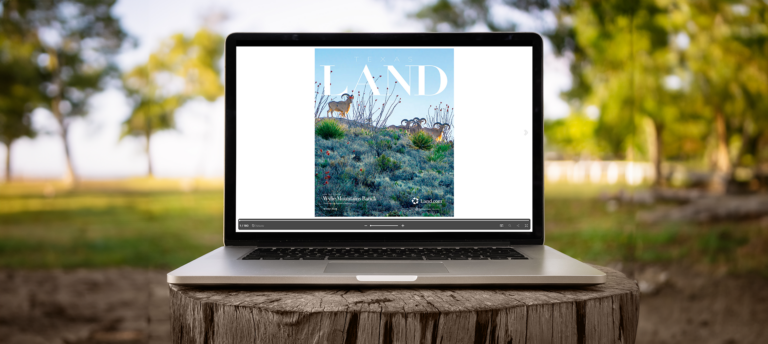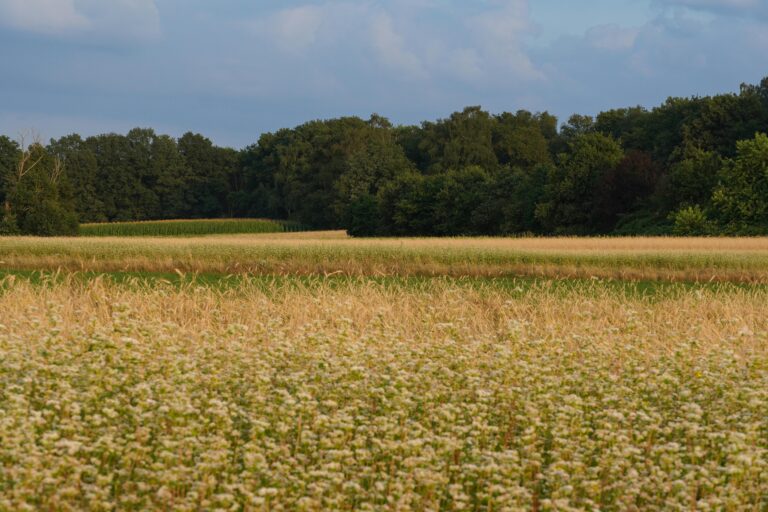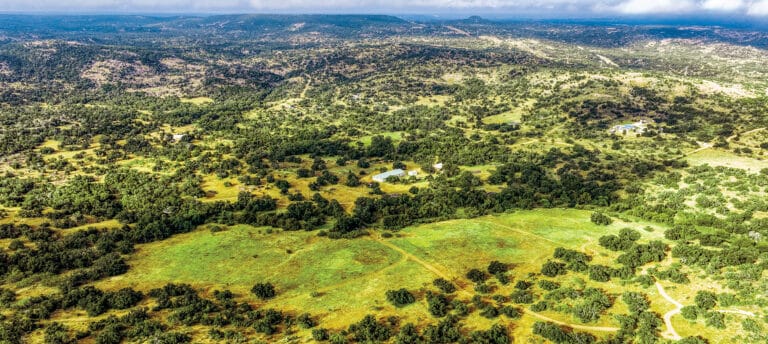Preparing for bowhunters is a different challenge than preparing for rifle hunters. For many years I bowhunted almost exclusively and developed keen awareness of archers’ specific needs. Here are some tips to help you meet the needs of any bowhunters who may be hunting on your property.
Failure to prepare is preparing to fail.
—Benjamin Franklin
Practice targets
Upon the hunters’ arrival, the first order of business usually is taking them to range to check their equipment. For archers, you need to have some type of target butt that is well-suited for arrows, including broadheads. The market offers many options, but don’t assume hay bales are adequate for today’s modern archery equipment because they’re generally not.
Ranches specializing in archery hunting may want to consider setting up an archery course with animal-image targets that mimics certain hunting settings. This type of course not only allows bowhunters to hone their skills, but can provide added mid-day recreational value.
To give archers the edge that preparation provides, the range may also include shooting stations built with blinds, tripods, lock-on ladders or whatever the ranch uses in the field. This allows the hunters to check their equipment and become accustomed to the set-up they’ll be using.
Stands/blinds
When it comes to stands and blinds, the needs of bowhunters and rifle hunters are very different.
In areas that have large trees, portable tree stands have been popular for many years. Fixed or permanent type blinds that are built into larger trees used to be fairly common, but some landowners don’t want to attach structures to their valuable trees and have become concerned about the safety of tree stands.
In regions without big trees, portable tripods can be a handy option. By placing these tripod stands that are often 10 feet – 15 feet tall within the screening cover of a juniper, large mesquite or live oak tree, you can often create a set-up where the hunter is well-hidden, but has some shooting lanes for shot options.
Recently, pop-up blinds have mushroomed in popularity. As long as these are placed out several days prior to the hunt, game tends to get used to the pop-ups’ presence. By limiting the number of windows opened for shooting to two, you can maintain darkness inside the blind which helps hide the hunter’s movements.
Make sure the enclosure allows plenty of room to fully draw the bow without interference from the back of the blind.
You might also take some branches and foliage from nearby trees and brush and place it around the blind to provide for even greater concealment, but make sure there aren’t any small twigs or leaves in the path of a clear shot.
Blind placement
Blind placement is extremely important when it comes to providing a bowhunter with a reasonable shot once the animal is within rage. Although many archers may be relatively proficient on paper at ranges out to 60 yards – 70 yards, the effective range for most bowhunters is 20 yards – 40 yards.
If blinds are placed at waterholes or feeders, you should assume that animals will often circle downwind, so I suggest blinds be placed 40 yards – 70 yards on the downwind side of these sites. If I place a pop-up blind on a feeder, I often place it about 50 yards downwind of the feeder, but will hand feed an area that’s about 20 yards – 30 yards in front of the blind, beginning a few days prior to the hunt.
”Bottlenecks” can be great locations for blind placement. These are generally natural areas where animals must pass through narrow corridors while moving from one location to another, such as moving between bedding and feeding areas.
Retrieving wounded animals
“When in doubt, keep out” is a good rule when pursuing game wounded with archery equipment. If the shot placement appears to be good, I like to wait for at least 30 minutes – 45 minutes before taking up the blood trail on archery-hit animals. If the shot appears to be marginal or poor, such as an arrow that is placed too far back, I recommend waiting at least two hours before pursing these animals.
If you’ll be hosting bowhunters regularly, it’s a good idea to have someone locally who has trailing dogs available just in case. Frankly, this isn’t a bad idea with rifle hunting operations either.
Closing thoughts
I’ve found that few operations are set up to effectively accommodate bowhunters. In fact, many hunting operators aren’t interested in hosting archers because of the extra preparation it takes to cater to this segment of the hunting public; however, I’ve found that some of the most accomplished woodsmen and best all-around hunters happen to be those people who prefer to pursue their quarry with stick and string.
In my opinion, one of the best features of bowhunting is the opportunity to observe animals at close range, which creates a unique opportunity to learn natural history first hand. But, whether you choose to hunt with a gun or bow, Mother Nature provides a great outdoor classroom for those interested in understanding her ways.
Search for hunting land for sale
This article was originally published in the Winter 2015 Issue of Lands of Texas Magazine. Subscribe here today!



